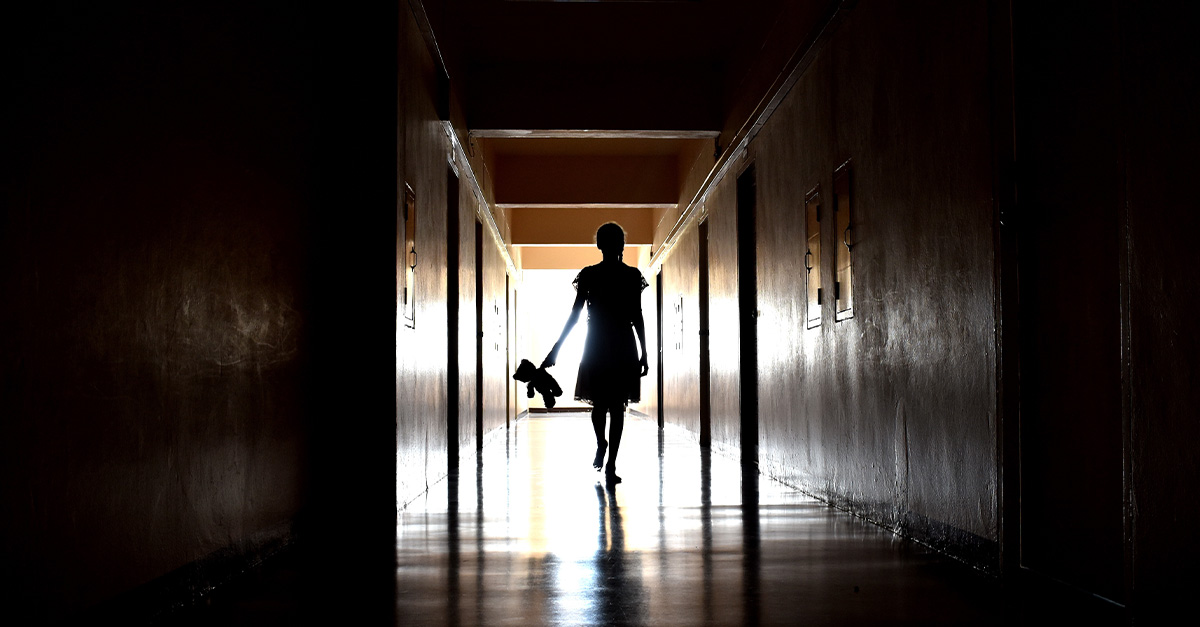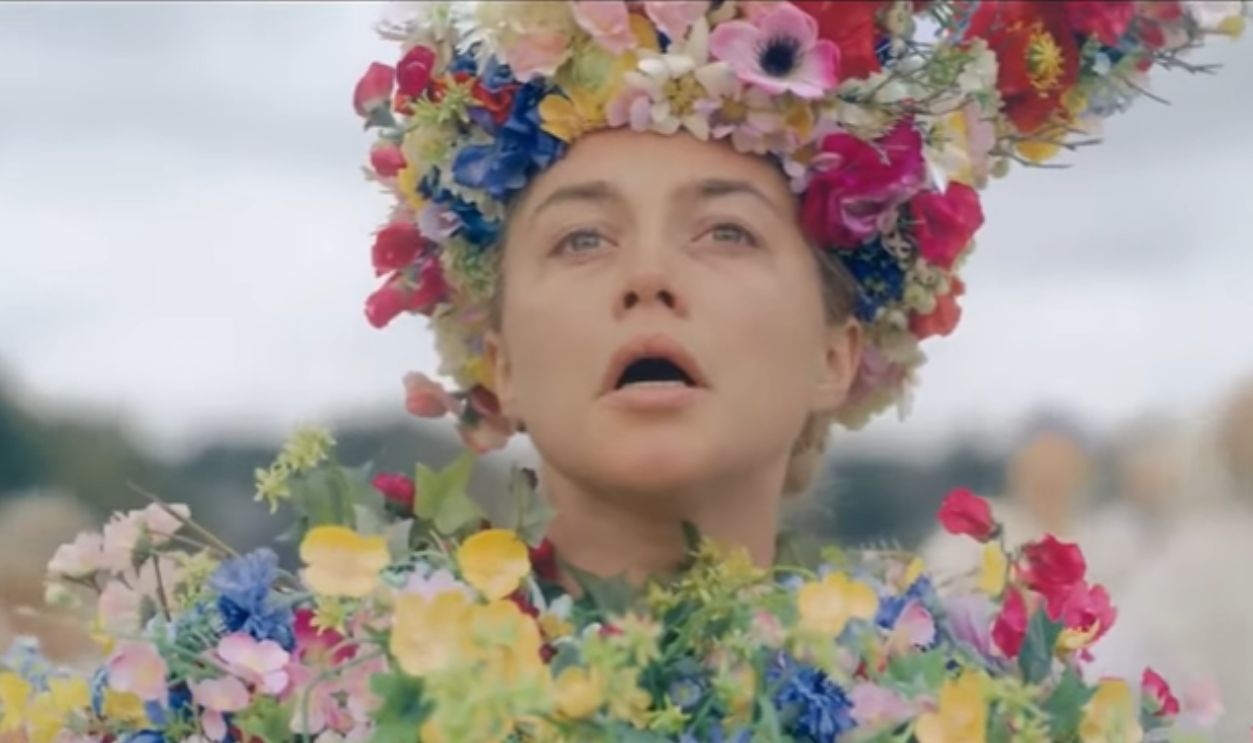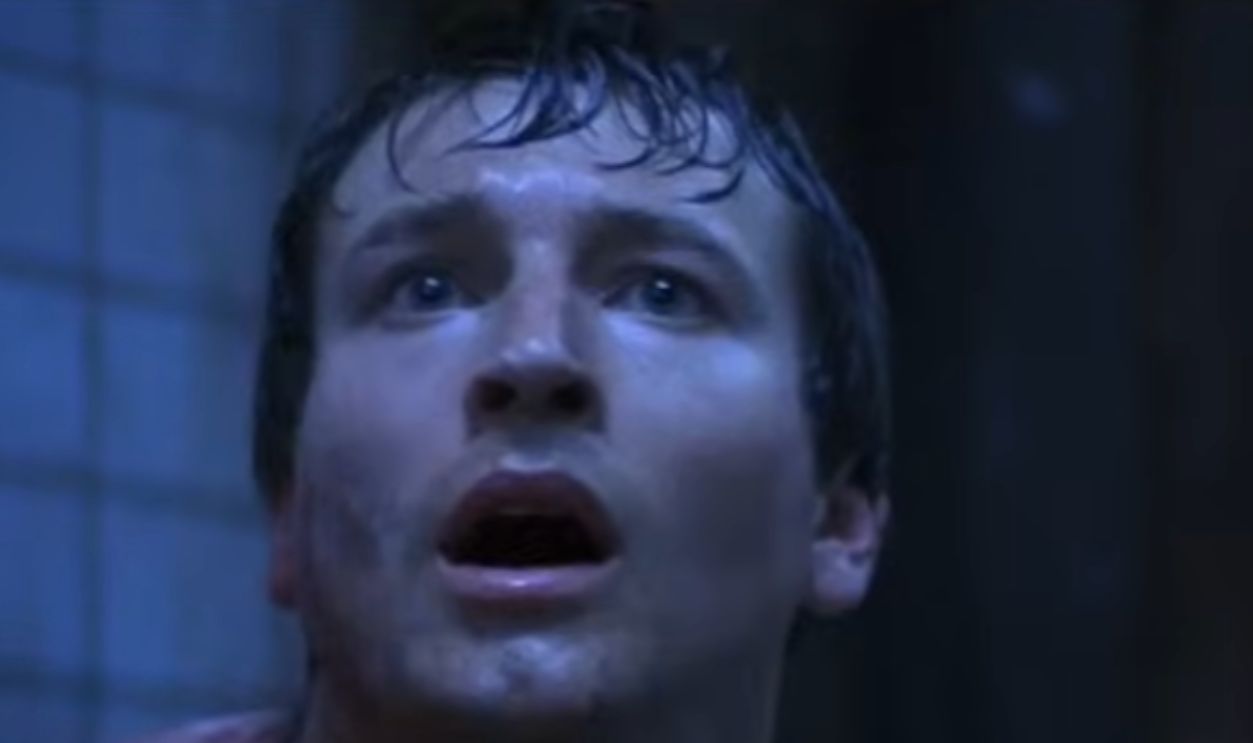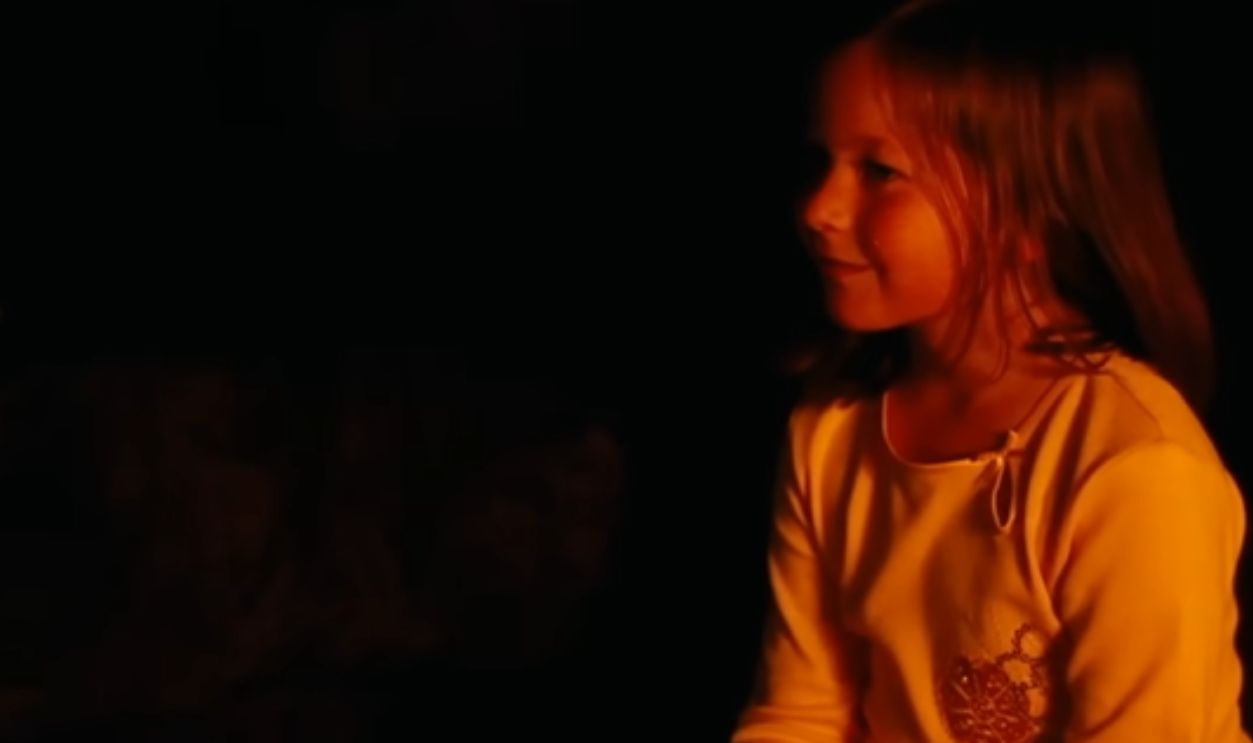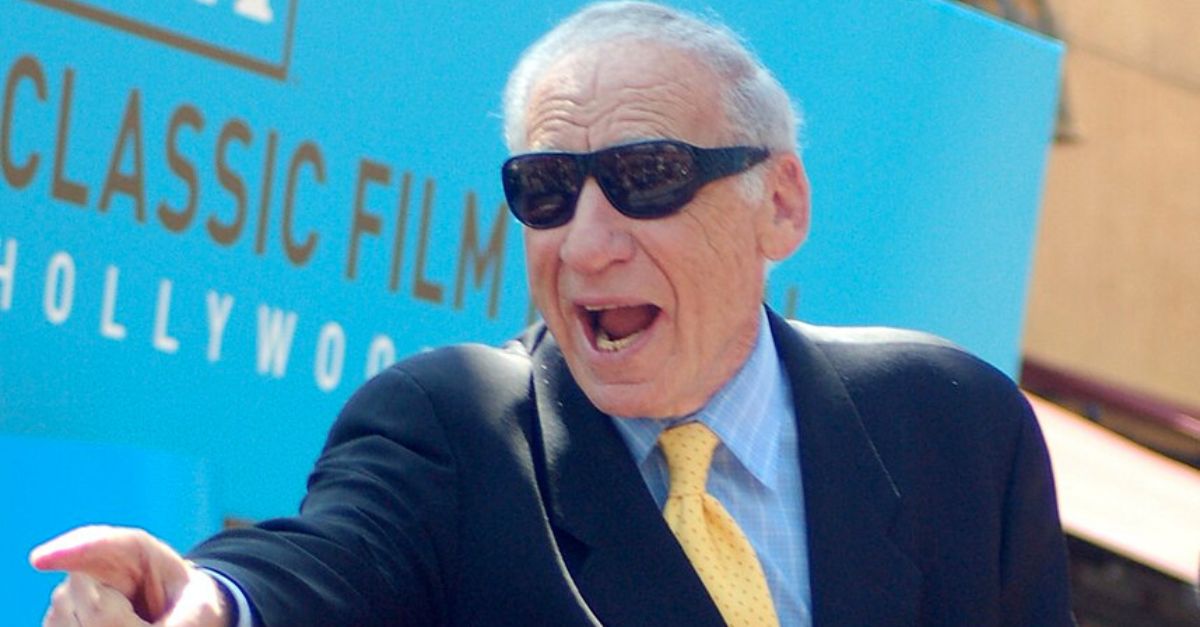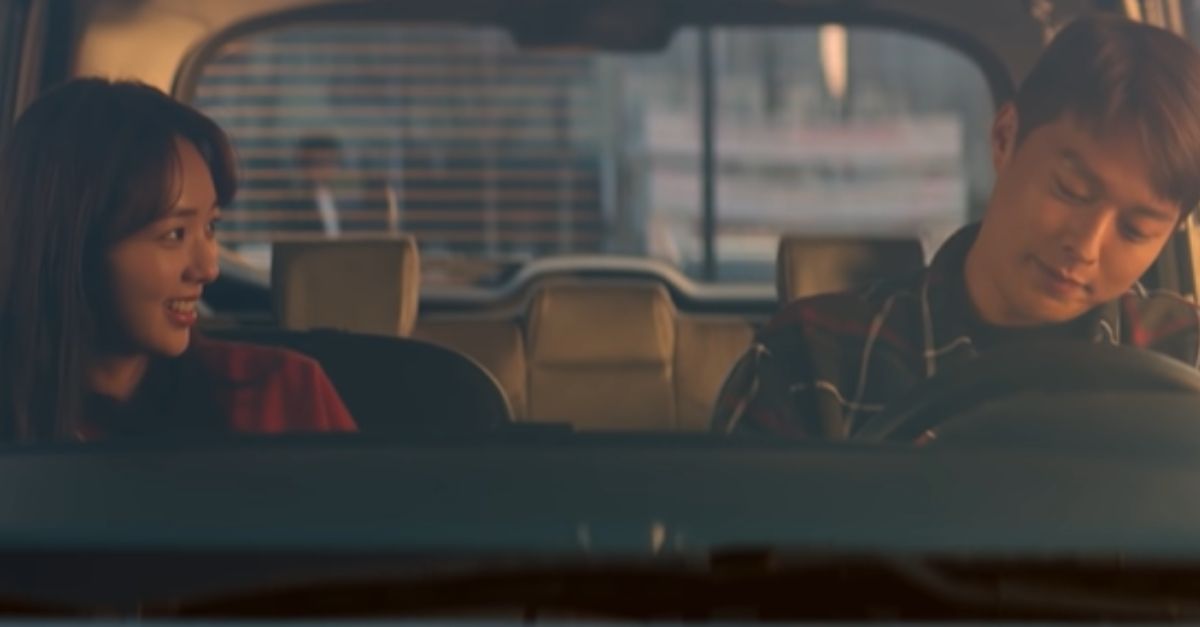Which Horror Movie Ending Had You Questioning Everything?
Few things are more thrilling—or chilling—than a great horror movie ending. It’s that final jolt, twist, or gut punch that lingers long after the credits roll. The best horror endings don’t just scare us; they crawl under our skin, challenge our expectations, and sometimes make us question our own sanity. From shocking reveals to bleak finales that redefine terror, these endings have cemented themselves as some of the most unforgettable in movie history. So grab your flashlight, lock the doors, and brace yourself as we revisit 25 of the greatest horror movie endings that still haunt audiences today.

Psycho
When Psycho hit theaters in 1960, audiences were utterly blindsided. Hitchcock’s choice to kill off the apparent main character halfway through was bold enough—but the ending? Legendary. The reveal that Norman Bates has been embodying his mother’s persona the whole time, complete with that chilling grin and voiceover, remains one of the most iconic and disturbing moments in cinema. “She wouldn’t even harm a fly,” he whispers, and audiences still shiver.
 Paramount Pictures, Psycho (1960)
Paramount Pictures, Psycho (1960)
The Sixth Sense
M. Night Shyamalan’s breakout hit didn’t just deliver a twist—it redefined what a twist could be. When audiences realized that Dr. Malcolm Crowe (Bruce Willis) had been dead the entire time, jaws collectively hit the theater floor. What made The Sixth Sense’s ending so effective wasn’t just shock value—it was how emotionally resonant it was. Suddenly, every scene took on a new layer of melancholy and genius.
 Buena Vista Pictures, The Sixth Sense (1999)
Buena Vista Pictures, The Sixth Sense (1999)
The Blair Witch Project
In 1999, The Blair Witch Project turned found footage into pure nightmare fuel. The film’s climax—in that decrepit, creaking house—leaves viewers gasping. The final image of Mike standing motionless in the corner, facing the wall as Heather screams off-screen, is hauntingly ambiguous. No monster, no gore—just dread. And that’s exactly why it still works.
 Artisan Entertainment, The Blair Witch Project (1999)
Artisan Entertainment, The Blair Witch Project (1999)
Hereditary
Ari Aster’s Hereditary doesn’t just end—it detonates. The film’s last ten minutes are an unholy symphony of terror, culminating in Toni Collette’s horrifying levitation scene and the coronation of a new demonic king. The final chant of “Hail Paimon” echoes like a funeral dirge for sanity itself. It’s the rare modern horror film that truly earns its descent into madness.
The Others
A masterclass in atmosphere and misdirection, The Others pulls off one of the most satisfying twist endings since The Sixth Sense. When Nicole Kidman’s Grace realizes that she and her children are the ghosts haunting the house, everything clicks into place. The revelation reframes the entire film and delivers a bittersweet gut punch that lingers long after the mist clears.
 Dimension Films, The Others (2001)
Dimension Films, The Others (2001)
Carrie
Brian De Palma’s Carrie gave us a blood-soaked finale for the ages. After enduring relentless cruelty, Carrie’s telekinetic revenge at prom is cathartic and horrifying all at once. But it’s the ending—that infamous dream sequence with the hand bursting from the grave—that truly traumatized audiences. It remains one of cinema’s all-time great jump scares.
The Witch
“The Devil’s in the details” takes on new meaning in The Witch. After a slow-burn descent into paranoia and isolation, Thomasin’s final pact with Black Phillip seals her fate. As she levitates into the night sky, joining a coven of witches, the film achieves a dark, ecstatic transcendence. It’s not just scary—it’s beautiful in the most blasphemous way.
The Texas Chain Saw Massacre
Few endings capture sheer, unfiltered chaos like The Texas Chain Saw Massacre. Sally’s hysterical escape—laughing and crying as Leatherface swings his chainsaw at the rising sun—is the perfect finale to Tobe Hooper’s nightmare vision. It’s equal parts relief and insanity, leaving viewers exhilarated and shaken to the core.
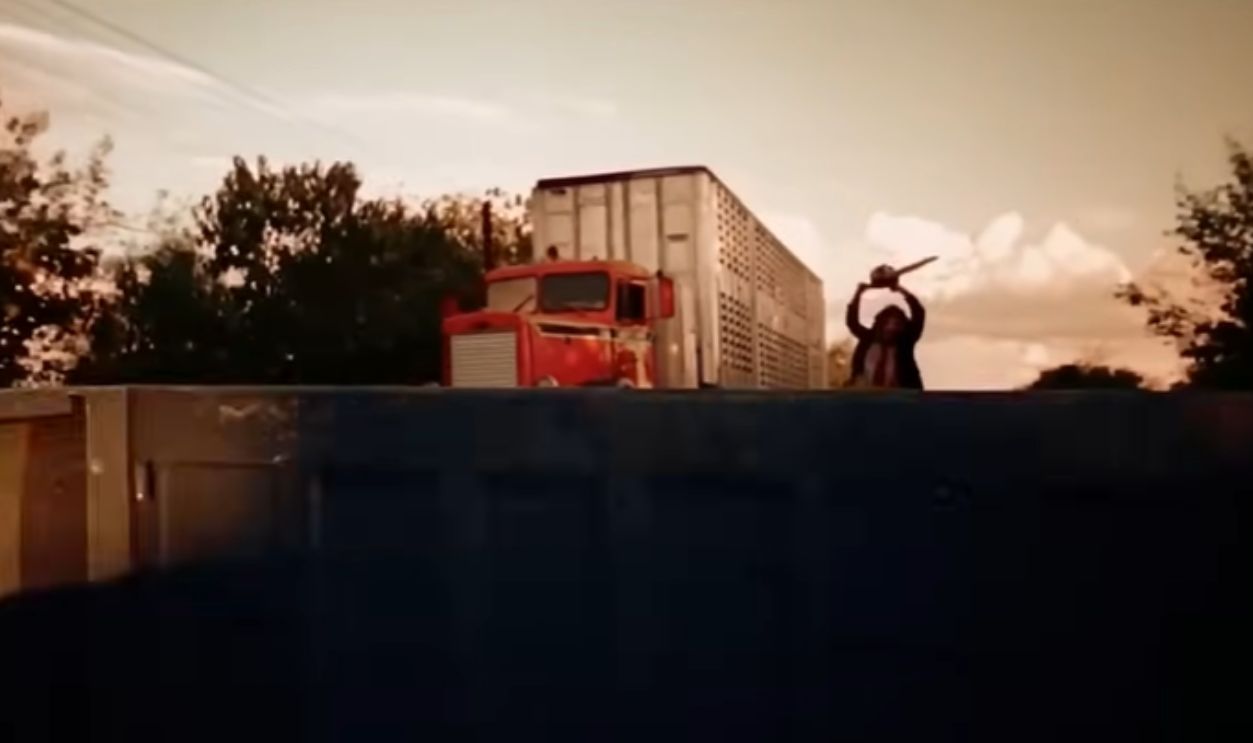 Vortex, The Texas Chain Saw Massacre (1974)
Vortex, The Texas Chain Saw Massacre (1974)
The Mist
Frank Darabont’s adaptation of Stephen King’s The Mist features one of the bleakest endings in horror history. When David kills his companions (including his own son) to spare them from the monsters, only for rescue to arrive moments later—it’s a gutting twist that left audiences speechless. King himself admitted he preferred it to his own ending.
Rosemary’s Baby
Roman Polanski’s psychological masterpiece concludes with quiet, insidious horror. When Rosemary finally sees her newborn—spawn of Satan—she doesn’t scream. She rocks the cradle. That maternal instinct in the face of pure evil makes the ending all the more chilling. “Hail Adrian,” whispers the coven. “Hail Satan.” And the world keeps turning.
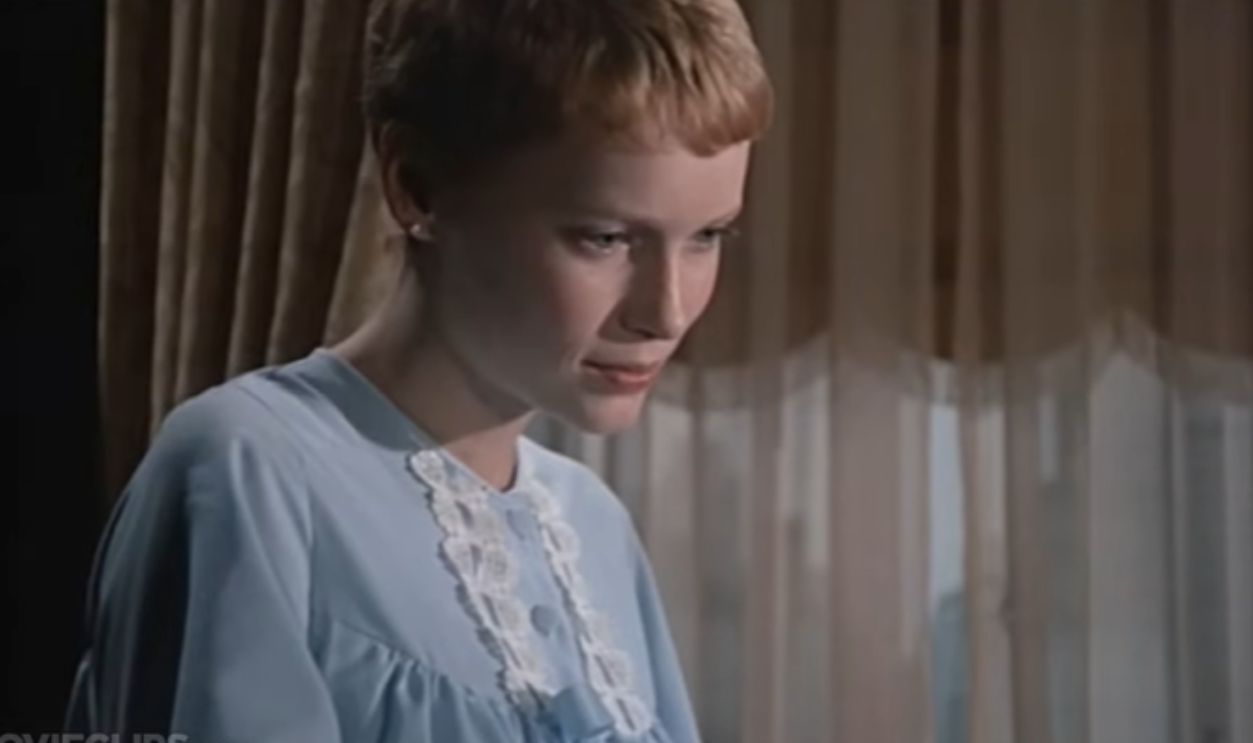 Paramount Pictures, Rosemary's Baby (1968)
Paramount Pictures, Rosemary's Baby (1968)
The Thing
John Carpenter’s The Thing ends on a note of perfect paranoia. The Antarctic base burns, two survivors remain—MacReady and Childs—and neither trusts the other. Are either of them human? The ambiguity is maddening, the tension electric. As the cold sets in and the whiskey burns, audiences are left with one final question: who’s the monster now?
 Universal Pictures, The Thing (1982)
Universal Pictures, The Thing (1982)
Get Out
Jordan Peele’s Get Out is a modern masterwork that flips horror conventions on their head. After surviving the Armitage family’s twisted “body-snatching” rituals, Chris finally gets his revenge. The ending, in which his friend Rod shows up in a TSA car (instead of the police), is both cathartic and clever—a moment of triumph that still makes audiences cheer.
 Universal Pictures, Get Out (2017)
Universal Pictures, Get Out (2017)
Midsommar
Ari Aster’s follow-up to Hereditary trades night for daylight but keeps the psychological terror. Midsommar’s ending, with Dani smiling through tears as her boyfriend burns inside a bear suit, is an unnerving mix of empowerment and annihilation. It’s horrifying, cathartic, and somehow, weirdly… happy? That grin says it all.
The Silence of the Lambs
Hannibal Lecter’s final phone call to Clarice is the epitome of sinister elegance. “I do wish we could chat longer, but I’m having an old friend for dinner.” The camera pans to Lecter, strolling free through a sunlit street. It’s a moment of chilling civility that cements Lecter as one of cinema’s most sophisticated monsters.
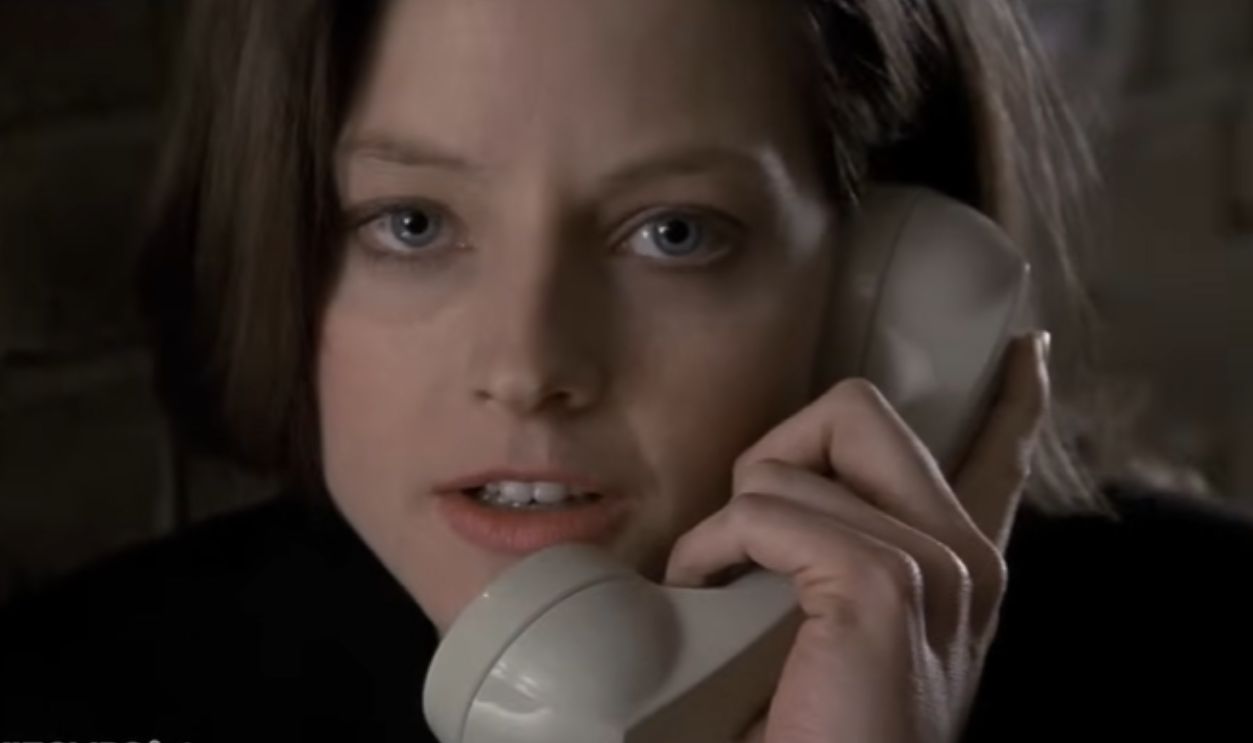 Orion Pictures, The Silence of the Lambs (1991)
Orion Pictures, The Silence of the Lambs (1991)
The Ring
That cursed videotape was already the stuff of nightmares—but The Ring’s ending twists the knife. When Rachel realizes that copying the tape is the only way to survive, the moral horror sets in. The curse continues, unstoppable. As Samara crawls through the TV, audiences around the world collectively swore off static forever.
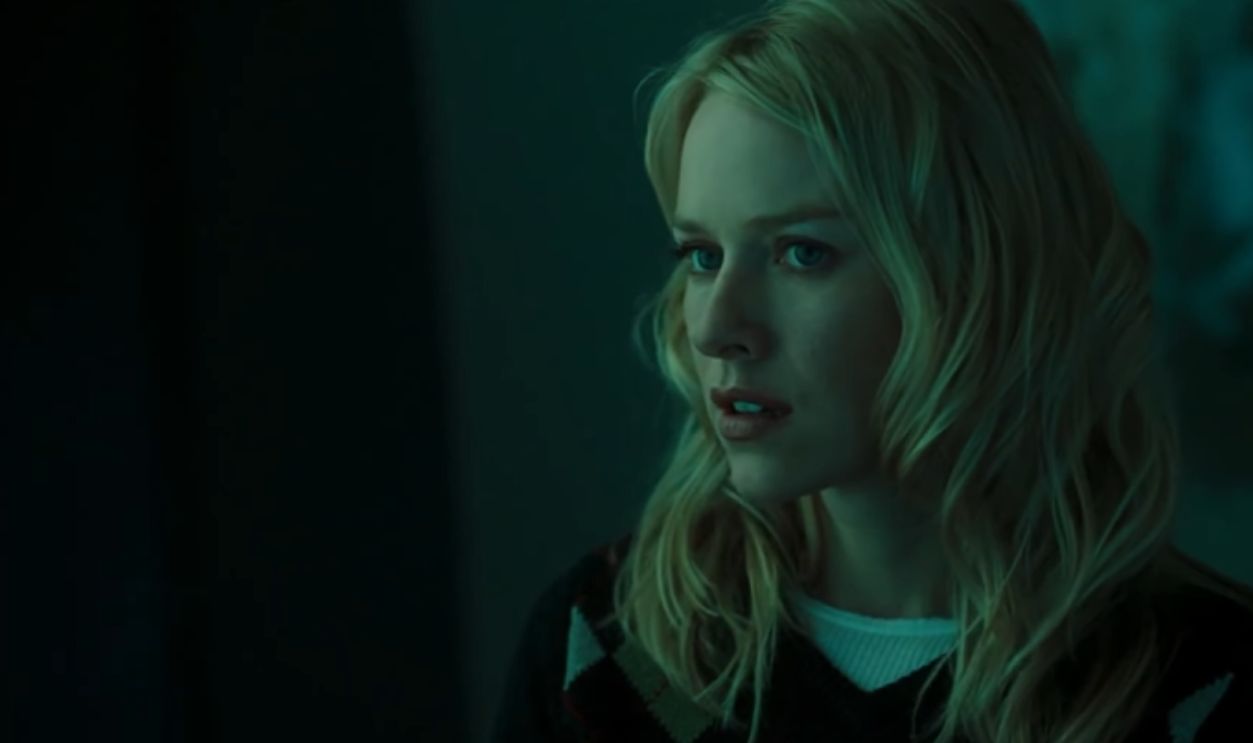 DreamWorks Pictures, The Ring (2002)
DreamWorks Pictures, The Ring (2002)
Saw
For sheer jaw-dropping shock value, few finales can rival Saw. The reveal that Jigsaw has been lying in the room the entire time—right between his victims—is one of horror’s greatest mic-drop moments. As the door slams shut and the screams echo, Saw established itself as a new benchmark for psychological horror and twist endings alike.
The Descent
The U.S. and U.K. versions of The Descent end differently, but both are devastating. In the original cut, Sarah imagines escaping the cave, only to realize she’s still trapped—alone and surrounded by the monstrous crawlers. It’s a haunting, claustrophobic ending that leaves you gasping for air and light. Few horror films make despair feel so absolute.
Halloween
The ending of John Carpenter’s Halloween remains one of the most effective uses of ambiguity in horror. After Dr. Loomis shoots Michael Myers off a balcony, his body vanishes. The heavy breathing, the empty spaces, the faint music—it all implies that evil itself can’t be killed. The Boogeyman isn’t gone; he’s everywhere.
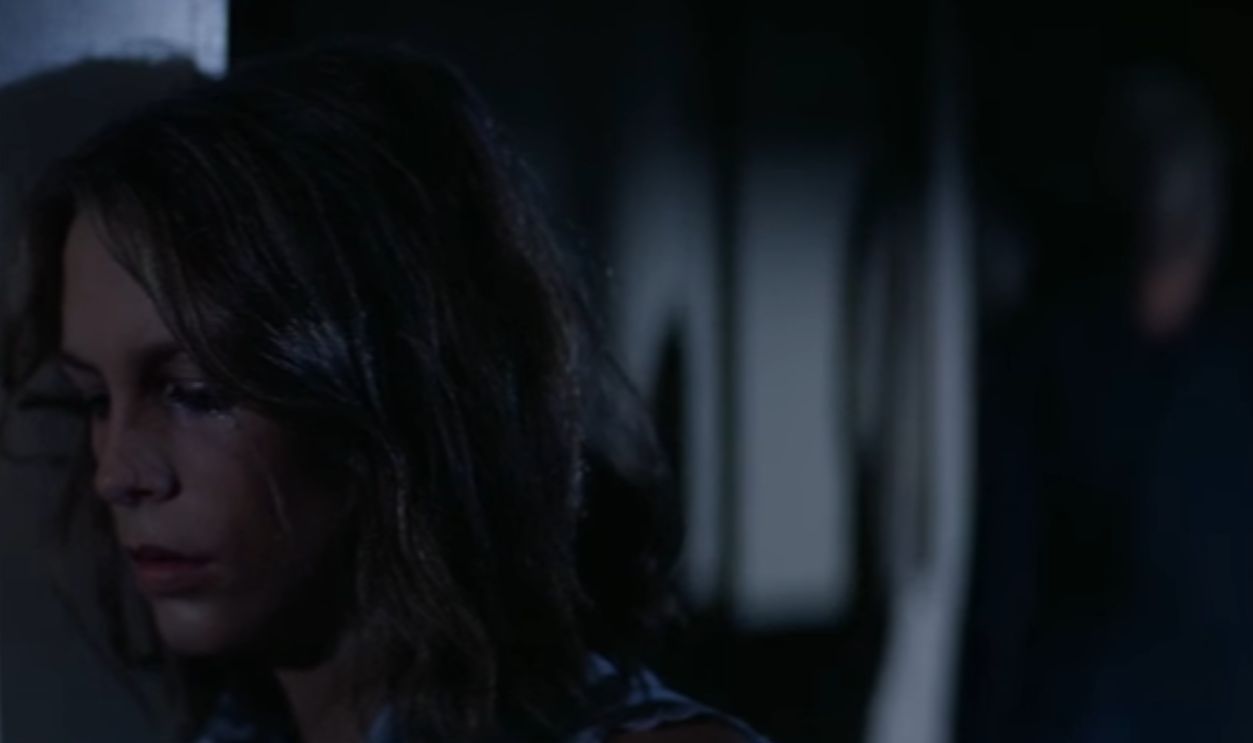 Compass International Pictures, Halloween (1978)
Compass International Pictures, Halloween (1978)
The Cabin in the Woods
This film gleefully deconstructs horror tropes before obliterating them—literally. As Dana and Marty decide to let humanity end rather than sacrifice themselves, a giant god-hand bursts from the earth. It’s absurd, brilliant, and bold—a meta-ending that flips the genre on its head while giving it one last glorious middle finger.
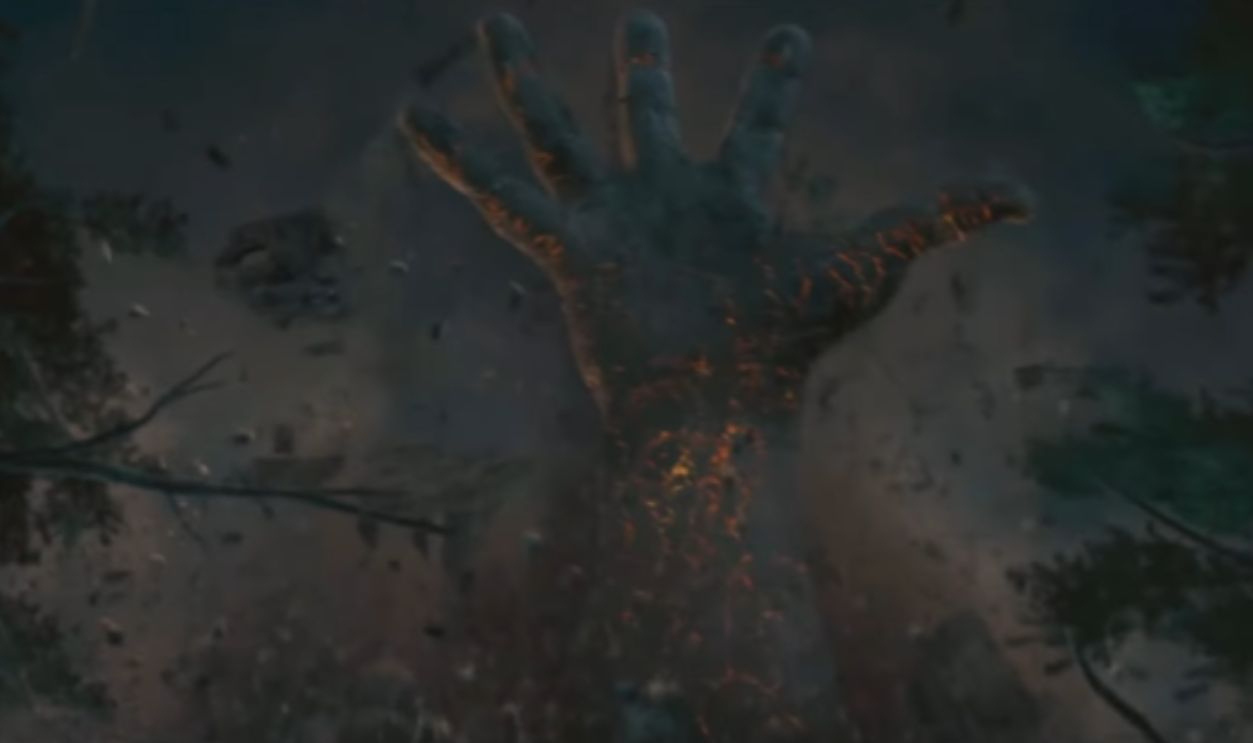 Lionsgate, The Cabin in the Woods (2012)
Lionsgate, The Cabin in the Woods (2012)
The Wailing
This South Korean masterpiece ends in pure, soul-crushing tragedy. As the protagonist realizes too late that he’s been deceived by evil forces, his family’s fate is sealed. The final moments—an anguished prayer, a father’s grief—linger like a curse. The Wailing leaves you hollow, questioning faith, fate, and everything in between.
 20th Century Studios The Wailing (2016)
20th Century Studios The Wailing (2016)
The Orphanage
J.A. Bayona’s The Orphanage blends gothic chills with heartbreaking tenderness. When Laura realizes her missing son has been in the house all along—accidentally trapped and dead—she chooses to “stay” with him in the afterlife. It’s tragic, yes, but also strangely peaceful. A ghost story about love’s endurance beyond death.
 Picturehouse, The Orphanage (2007)
Picturehouse, The Orphanage (2007)
It Follows
Sometimes, the simplest endings are the most terrifying. After seemingly defeating the entity, Jay and Paul walk hand-in-hand down a quiet street. In the distance, a blurry figure follows. Is it the curse, or just a person? The film never tells us—and that uncertainty is exactly what keeps It Follows haunting your dreams.
The Vanishing
This Dutch psychological horror ends with one of cinema’s most horrifyingly inevitable conclusions. When Rex drinks the same poison his girlfriend did to learn her fate, he wakes up buried alive beside her corpse. There’s no gore, no creature—just existential dread. The darkness closes in, and the screen fades to black.
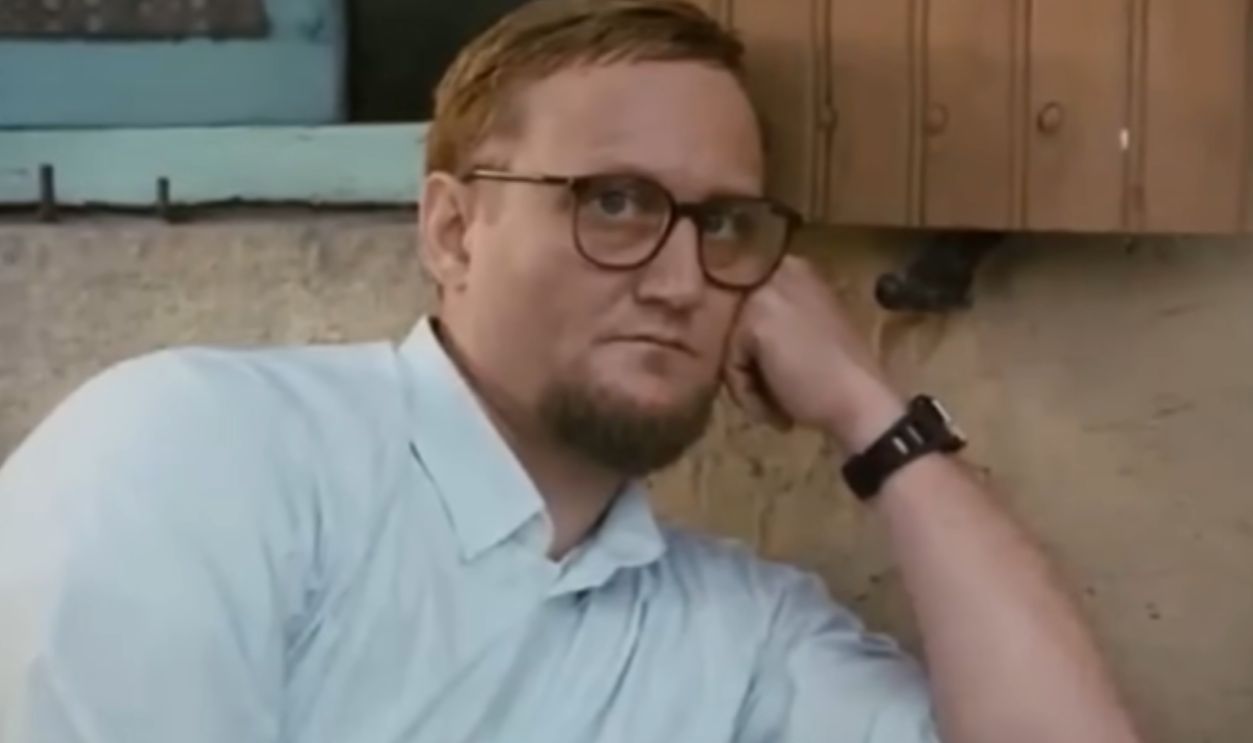 Argos Films, The Vanishing (1988)
Argos Films, The Vanishing (1988)
A Nightmare on Elm Street
Freddy Krueger’s debut ends with the perfect blend of dream logic and surreal terror. Nancy thinks she’s escaped, only for her friends—and her mother—to be sucked into Freddy’s nightmare once again. The final image of Freddy’s convertible driving off in pastel horror remains an unforgettable slice of ‘80s weirdness.
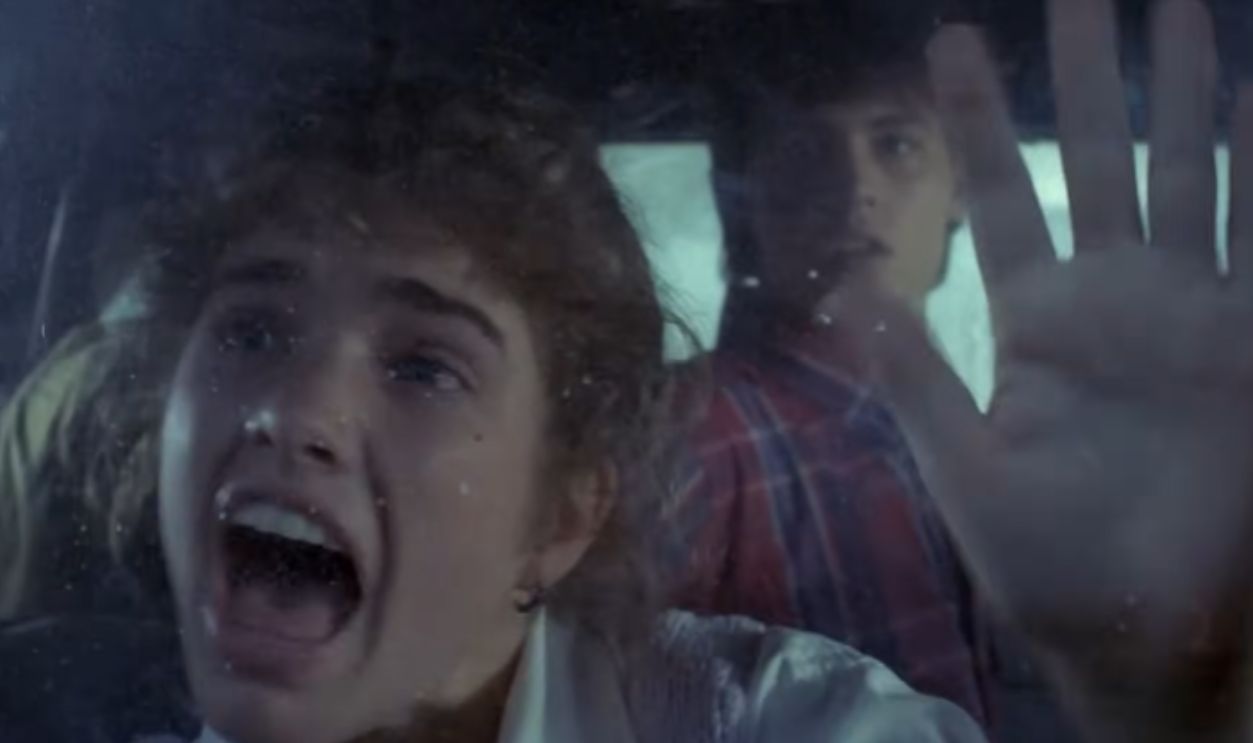 New Line Cinema, A Nightmare on Elm Street (1984)
New Line Cinema, A Nightmare on Elm Street (1984)
The Babadook
Few horror films end with such emotional resonance. When Amelia finally confronts the Babadook, she doesn’t destroy it—she learns to live with it. The monster becomes a metaphor for grief, kept in the basement but never gone. It’s a brilliant inversion of the genre: sometimes, the scariest thing isn’t defeating the monster—it’s accepting it.
 Entertainment One, The Babadook (2014)
Entertainment One, The Babadook (2014)
The Lasting Power Of A Perfect Ending
A great horror ending doesn’t just conclude a story—it redefines it. Whether it’s a shocking twist, a devastating revelation, or an open-ended nightmare, these finales stay with us because they mean something. They speak to our deepest fears: of the unknown, of guilt, of loss, of the monsters within ourselves. And that’s what makes them timeless.
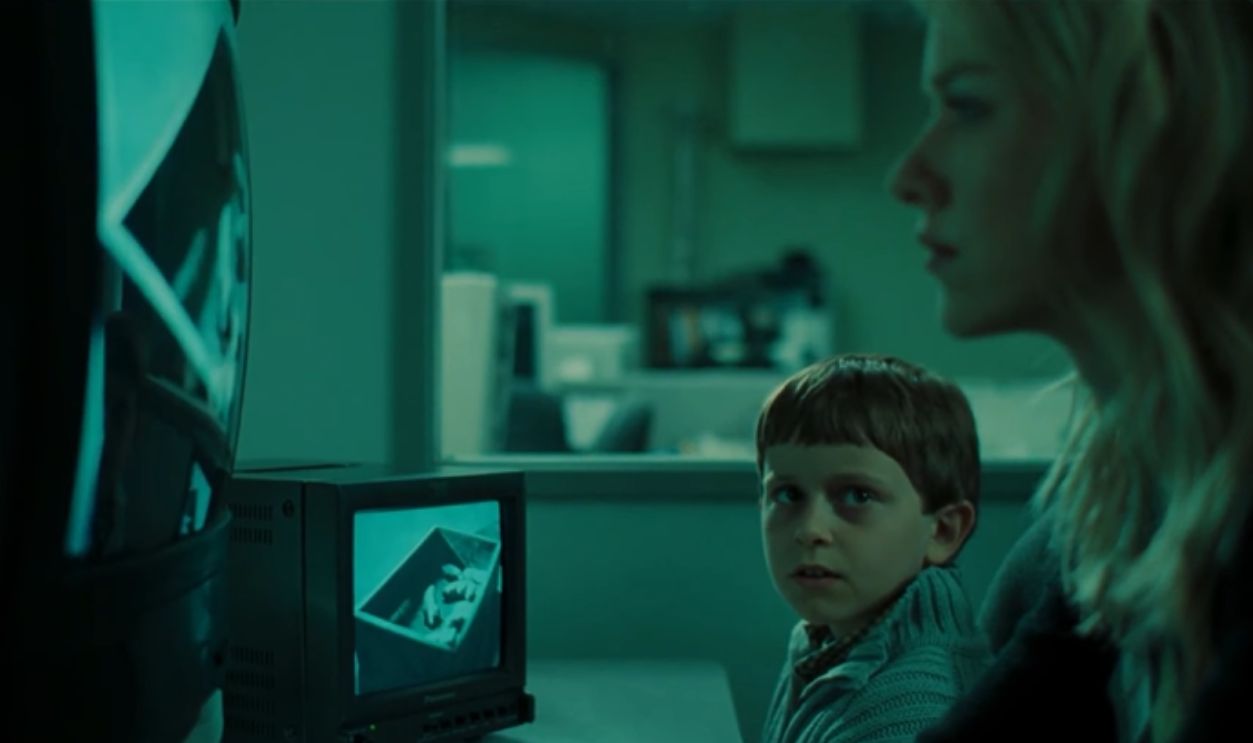 DreamWorks Pictures, The Ring (2002)
DreamWorks Pictures, The Ring (2002)
You May Also Like:
Songs That Completely Defined Political Movements

